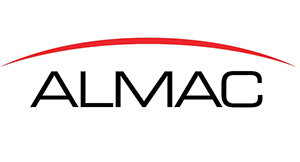Dr Sean Kitson of Almac explains how synergy between peptide and radiolabelling can speed up decision-making and problem-solving in the drug development process.
Biomolecules are well recognised as a significantly growing area within the pharmaceutical and biotechnology sectors.1 One subset of this is peptide based APIs, many of which are being developed as potential new therapies for a range of indications. A critical element of the development of any drug is an assessment of its ADME profile, most commonly performed using 14C labelled versions of the parent drug. For peptide labelling there are other options, such as tritium labelling or radio-iodination.
One clear benefit of using a 14C for the ADME programme is the fact that the label is placed within the core of the drug, without any risk of wash out or need to use a modified structure. One limitation of 14C is its rather modest maximum specific activity (62 mCi/mmol), a limitation that becomes ever more significant as the molecular weight of the molecule increases. This limitation can be overcome through the use of Accelerated Mass Spectrometry (AMS).2

